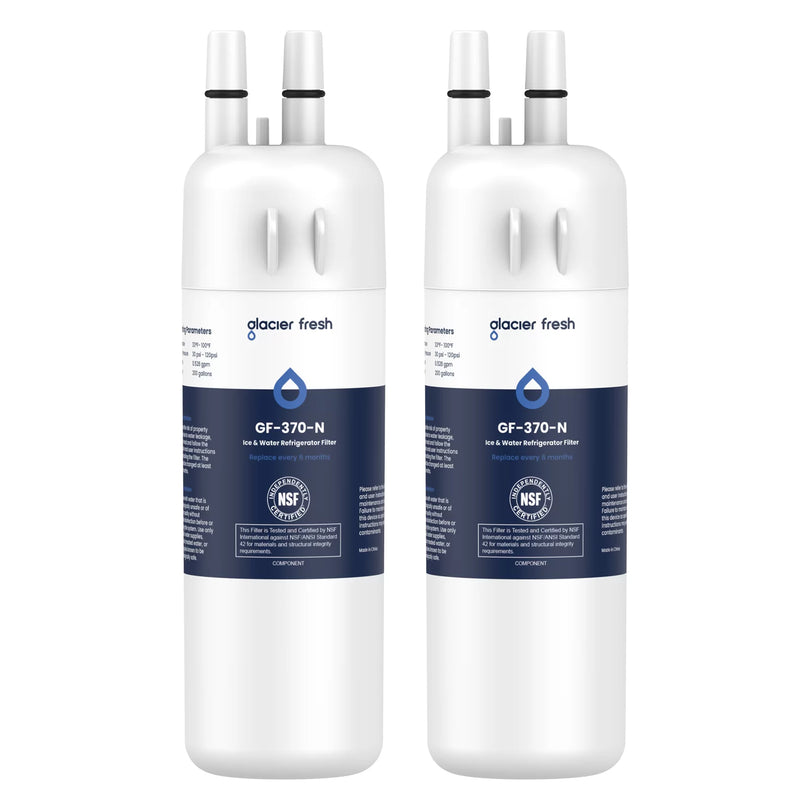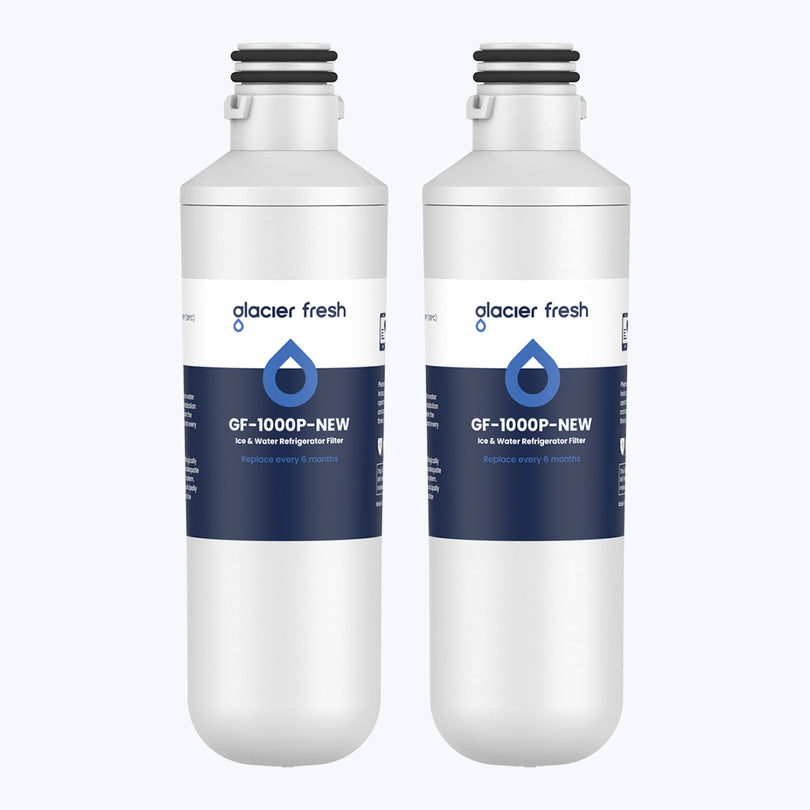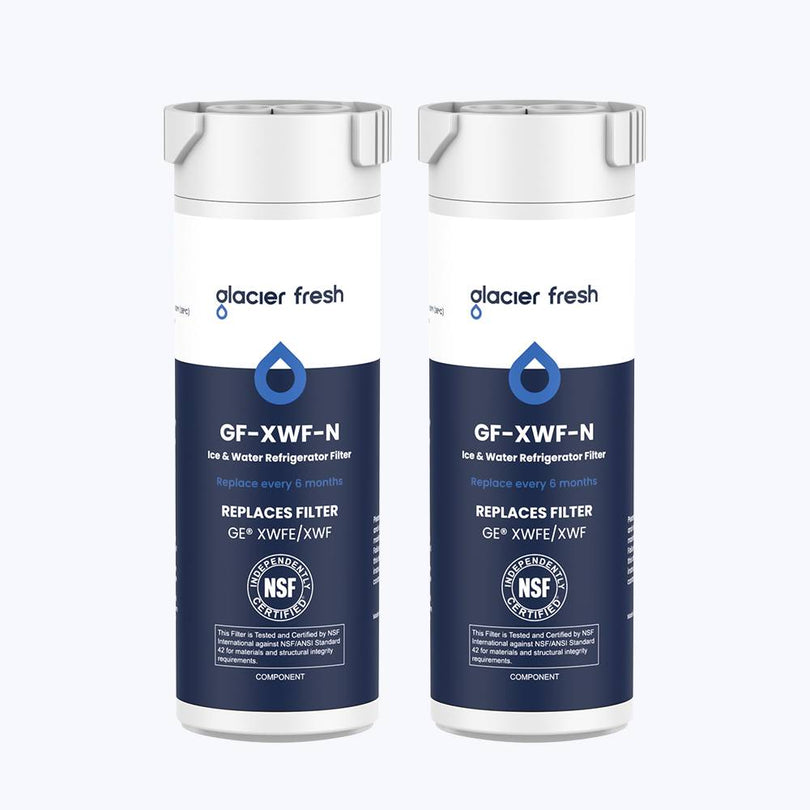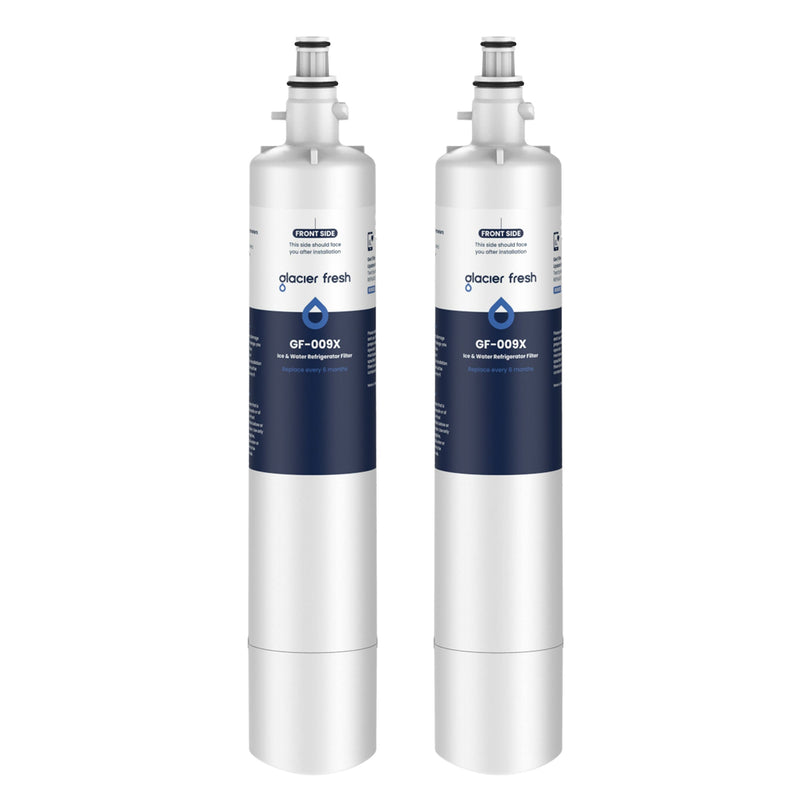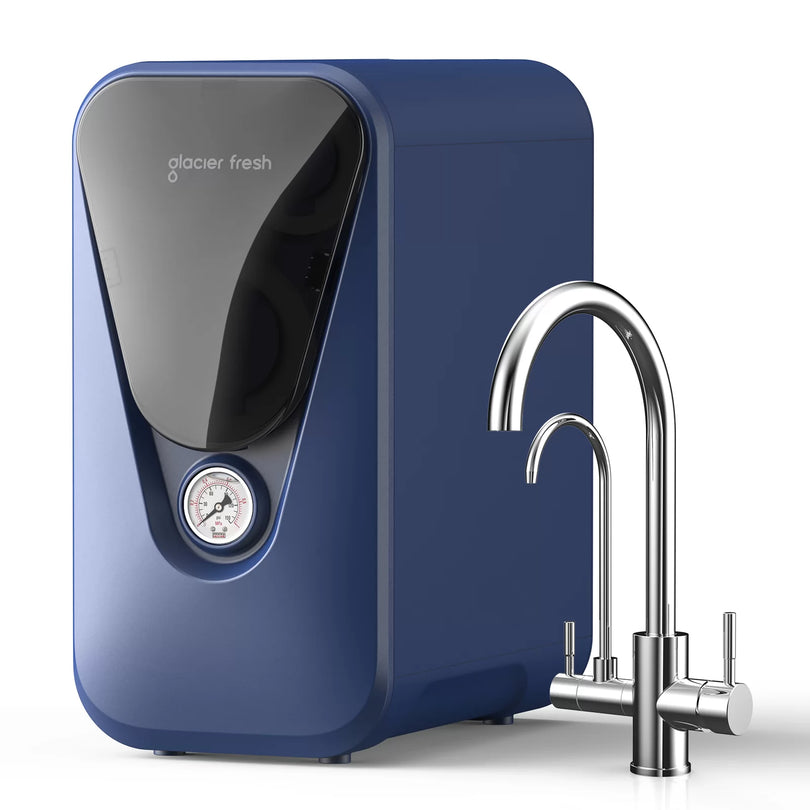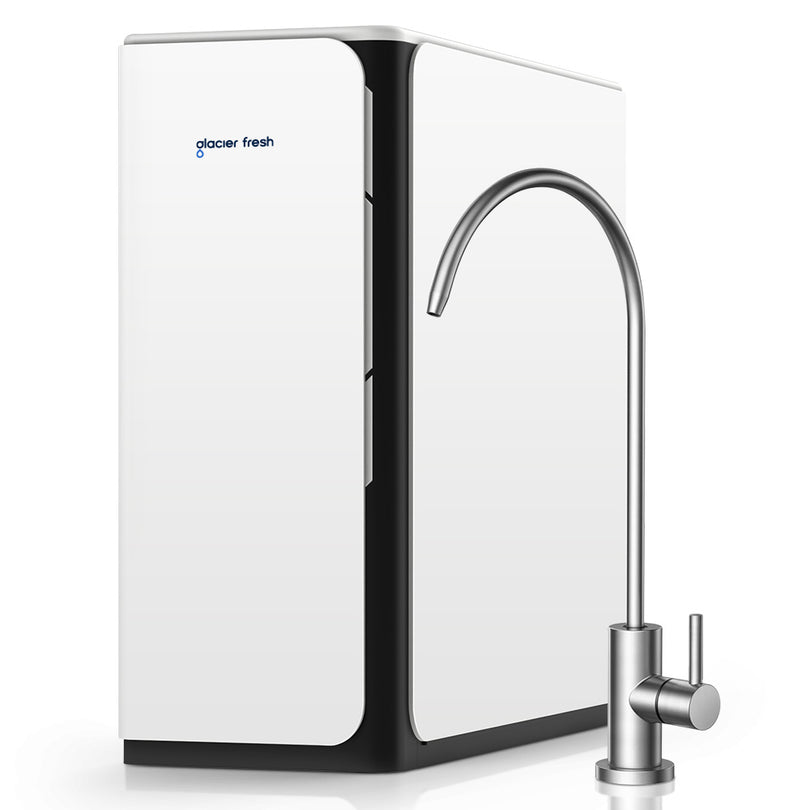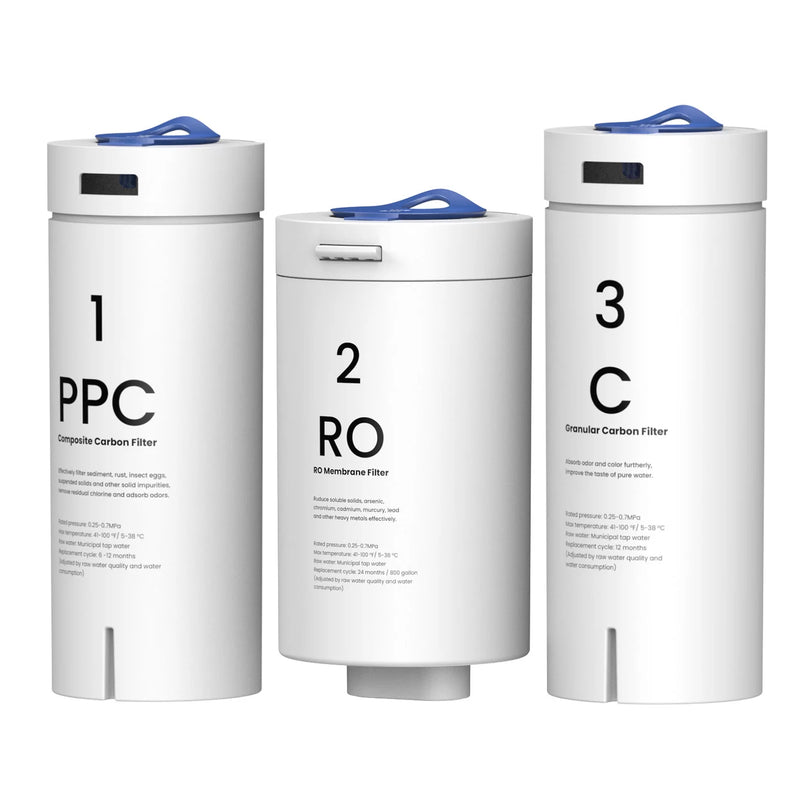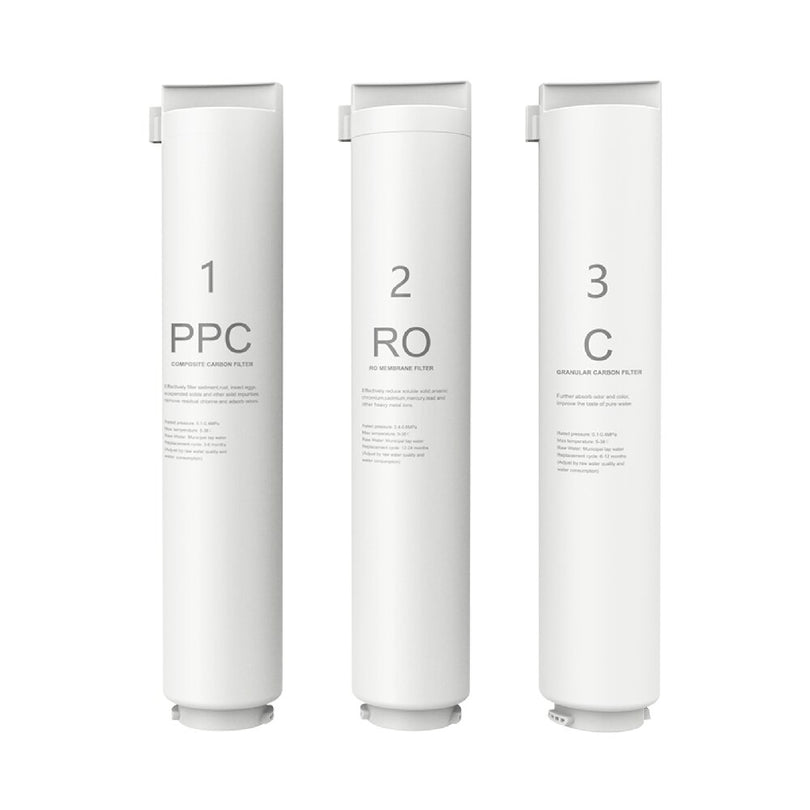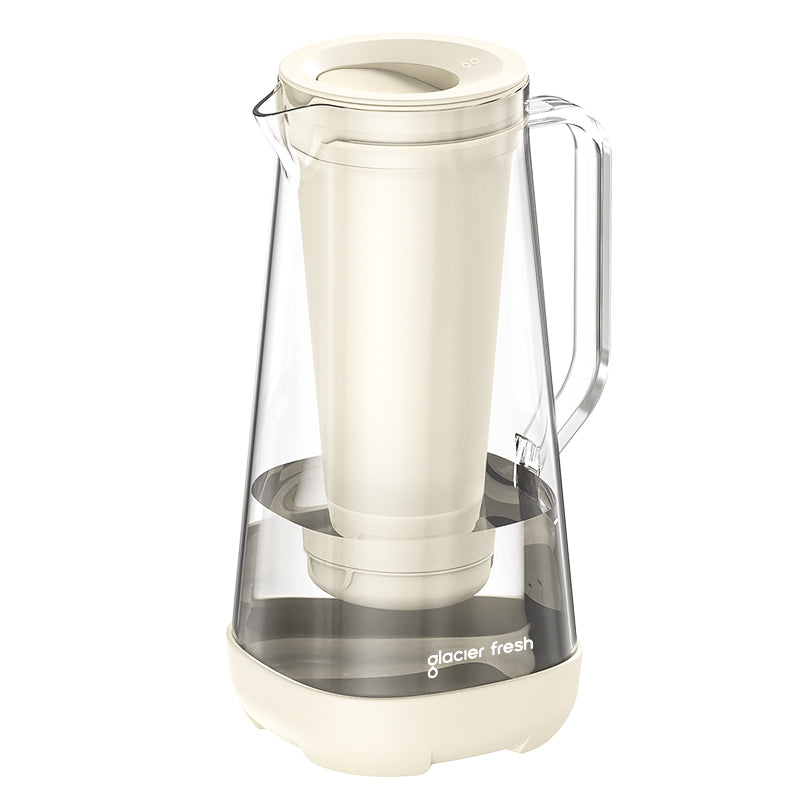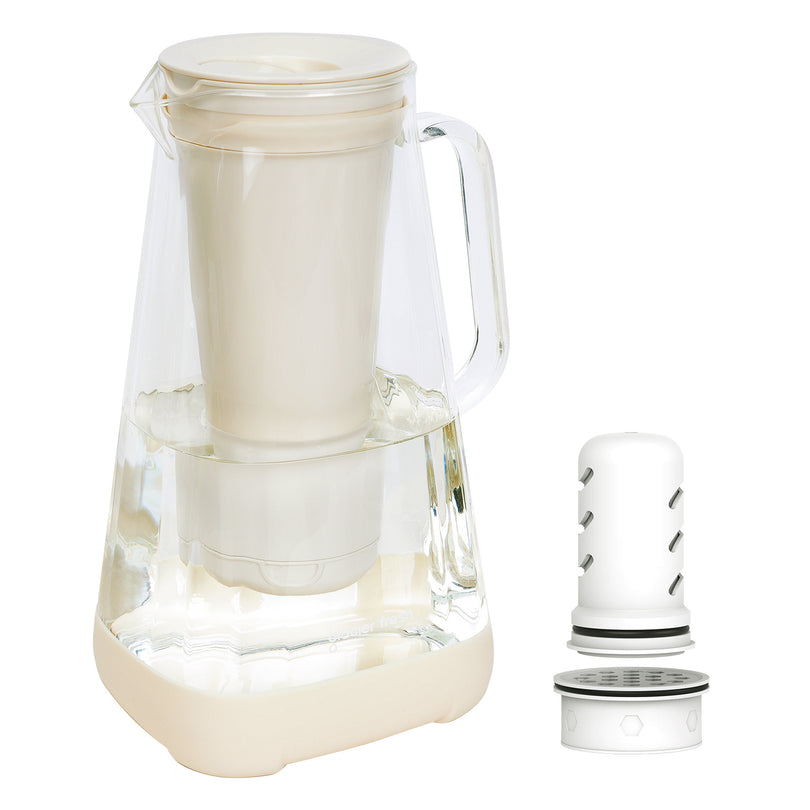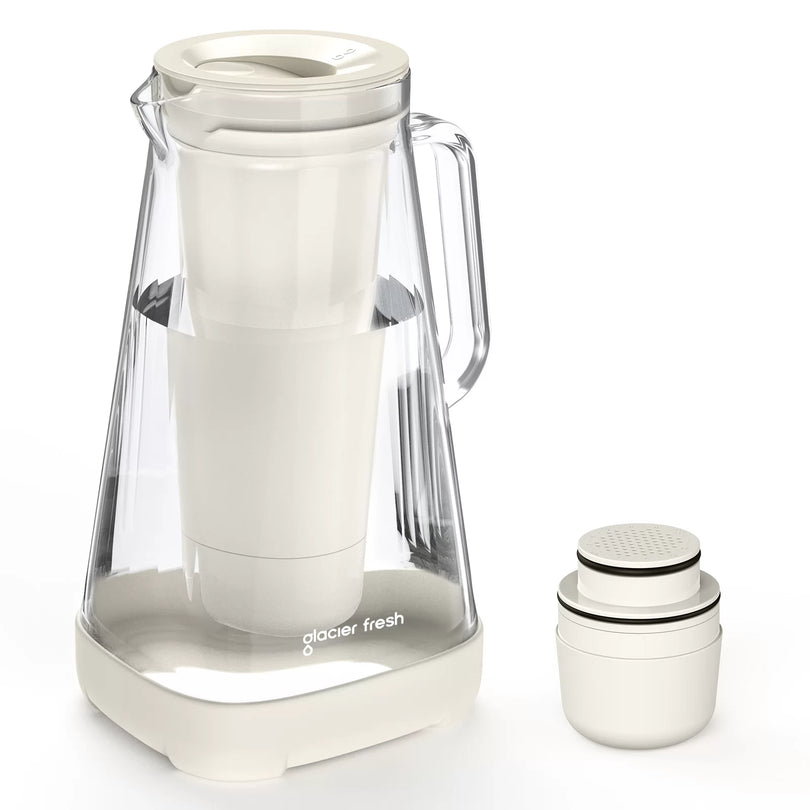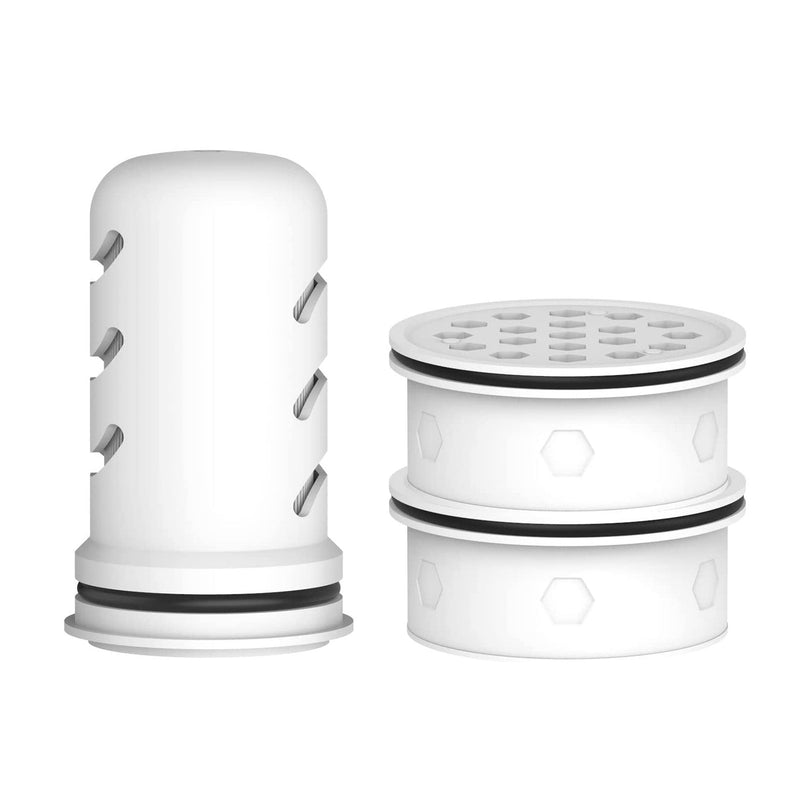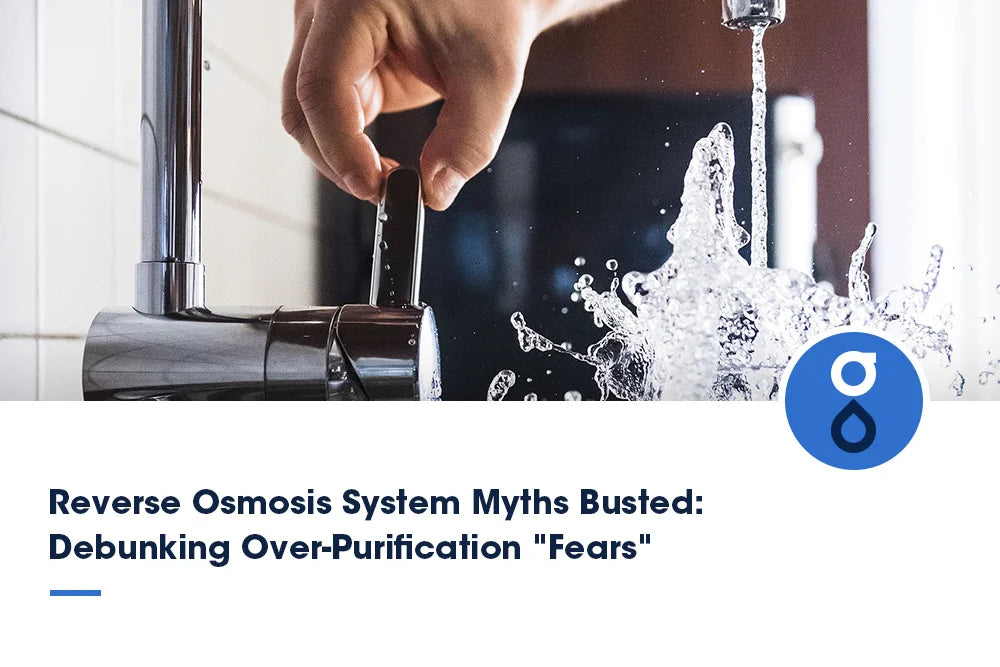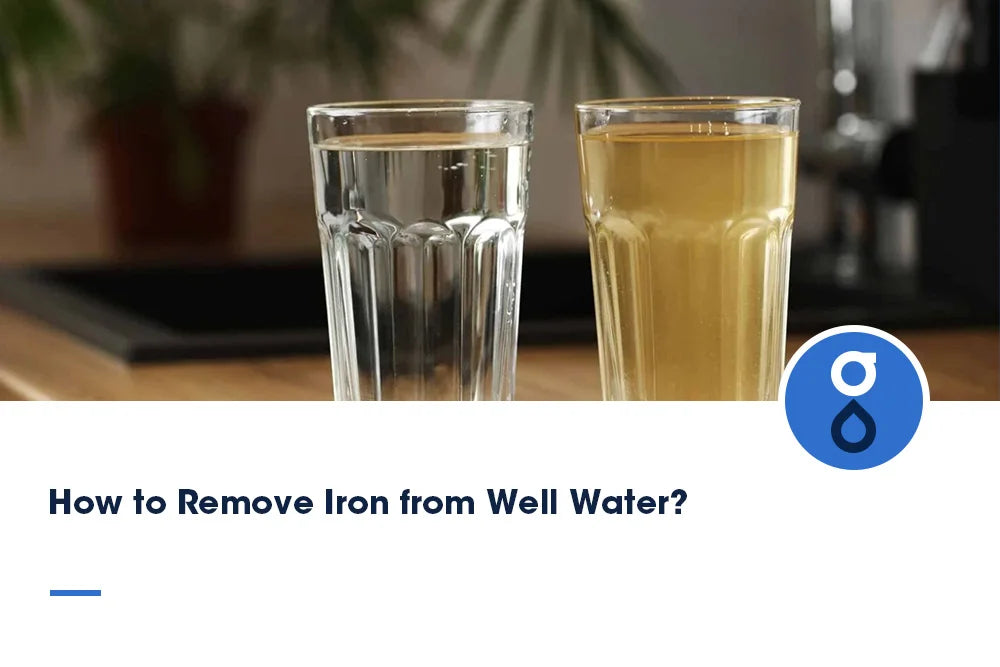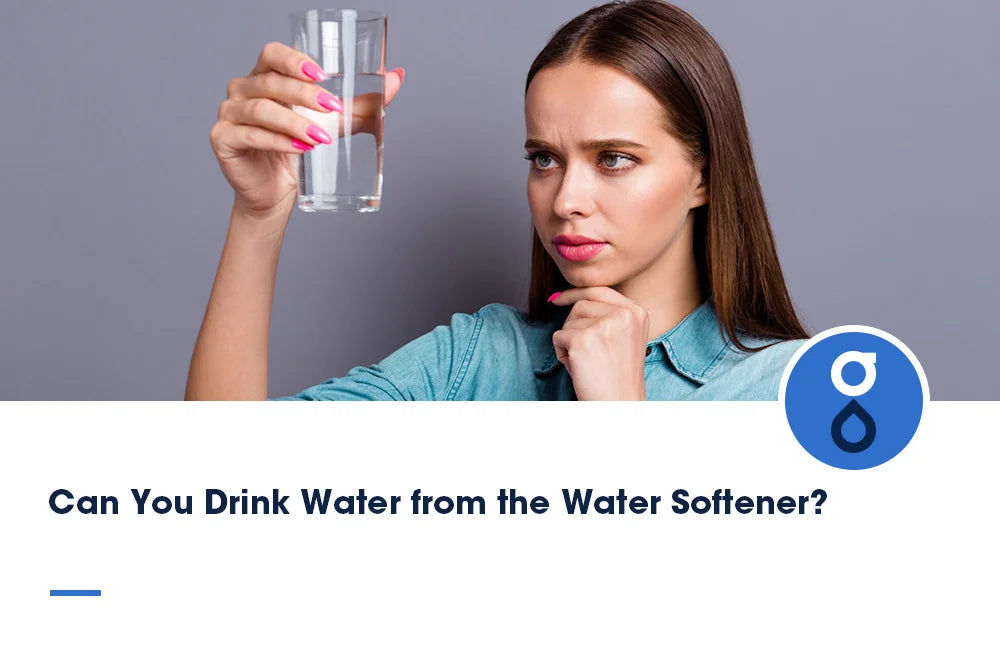Table of Contents:
Was ist eine Umkehrosmoseanlage und wie funktioniert sie?
Mythos 1: Umkehrosmosewasser ist „zu rein“ zum Trinken
Mythos 2: Umkehrosmosewasser verursacht Mineralstoffmangel
Mythos 3: Umkehrosmoseanlagen verschwenden zu viel Wasser
Mythos 4: Umkehrosmose entfernt den günstigen pH-Wert und macht das Wasser „sauer“
Mythos 5: Flaschenwasser ist sicherer als Umkehrosmosewasser
Wer kann am meisten von Umkehrosmosewasser profitieren?
Abschluss
In der heutigen Welt, in der die Bedenken hinsichtlich der Wasserqualität zunehmen, sind Umkehrosmoseanlagen (RO) eine beliebte Wahl für die Bereitstellung von sauberem, sicherem Trinkwasser geworden. Doch mit ihrer zunehmenden Beliebtheit gehen auch viele Mythen und Missverständnisse einher.
Manche behaupten, RO-Wasser sei „zu rein“, andere argumentieren, es verschwende Wasser oder entziehe ihm wichtige Mineralien. Wir klären die Verwirrung auf und enthüllen die Wahrheit hinter diesen weit verbreiteten Ängsten.
Was ist eine Umkehrosmoseanlage und wie funktioniert sie?

Eine Umkehrosmoseanlage ist eine fortschrittliche Wasseraufbereitungstechnologie, die mithilfe einer semipermeablen Membran Schadstoffe entfernt. Dabei wird Wasser unter Druck durch die Membran gepresst, wodurch Verunreinigungen wie Schwermetalle, Chlor, Pestizide, Bakterien und gelöste Salze zurückbleiben. Das Ergebnis? Sauberes, wohlschmeckendes Wasser, frei von Schadstoffen.
Viele moderne RO-Systeme verfügen außerdem über Vorfilter (z. B. Sediment- und Kohlefilter) und Nachfilter (z. B. Aktivkohle- oder Remineralisierungsfilter), um die Wasserqualität weiter zu verbessern.
Mythos 1: Umkehrosmosewasser ist „zu rein“ zum Trinken
Manche Leute behaupten, Umkehrosmosewasser sei gefährlich rein – es enthalte keine Mineralien und sei daher ungesund oder sogar „hungrig“, Mineralien aus dem Körper zu ziehen. Diese Angst ist unbegründet. Führende Gesundheitsquellen (wie die CDC) weisen ausdrücklich darauf hin, dass Behauptungen, RO-Wasser sei unsicher, FALSCH.
Tatsächlich ist Trinkwasser nie eine wichtige Quelle für Mineralstoffe. Der menschliche Körper nimmt die meisten Nährstoffe aus der Nahrung auf, nicht aus Leitungswasser. Wie eine Expertenzusammenfassung feststellt, „enthält Wasser allein nicht genügend Mineralien, um eine Ernährung zu gewährleisten“ – selbst mineralstoffreiches Trinkwasser enthält weit weniger Kalzium und Magnesium als eine normale Mahlzeit.
In der Praxis sind bei gesunden Menschen keine gut dokumentierten gesundheitlichen Probleme durch das Trinken von ordnungsgemäß aufbereitetem RO-Wasser aufgetreten. Stattdessen stellen RO-Systeme sicher, dass das von Ihnen getrunkene Wasser frei von Verunreinigungen ist.
Mythos 2: Umkehrosmosewasser verursacht Mineralstoffmangel

Da RO Mineralien entfernt, befürchten manche, dass das Trinken von ausschließlich RO-Wasser mit der Zeit zu Kalzium-, Magnesium- oder anderen Mineralstoffmängeln führen kann. Zwar entfernt RO praktisch alle gelösten Mineralien aus dem Wasser, doch ist dies im Allgemeinen kein Problem für die Ernährung.
Zahlreiche Quellen betonen, dass die meisten Mineralstoffe aus der Nahrung und nicht aus Wasser stammen. Gemüse, Getreide und Milchprodukte enthalten beispielsweise pro Portion deutlich mehr Kalzium und Magnesium als ein Liter Wasser. Eine Analyse zeigt, dass 200 ml Orangensaft genauso viel Kalzium liefern wie 110 Liter Wasser.
Darüber hinaus ist der Mineralverlust in RO-Wasser im Vergleich zum Gesamtkontext in der Regel minimal. Moderne Ernährung und Nahrungsergänzungsmittel liefern problemlos die empfohlenen Mengen an essentiellen Mineralstoffen. Wie ein Glacier Fresh-Ratgeber anmerkt, „ist der Mineralverlust [in gefiltertem Wasser] minimal, und eine ausgewogene Ernährung sollte den Unterschied problemlos ausgleichen.“ Selbst wenn Sie hauptsächlich RO-Wasser trinken, liefert eine gesunde Ernährung Ihrem Körper das gesamte Kalzium, Magnesium und Kalium, das er benötigt.
Mythos 3: Umkehrosmoseanlagen verschwenden zu viel Wasser
Die Umkehrosmose wird oft dafür kritisiert, dass sie eine erhebliche Menge Wasser verschwendet. Manche behaupten, dass bei der Umkehrosmose pro 3,8 Liter Wasser 15–20 Liter Wasser verworfen werden. Herkömmliche Umkehrosmosefilter erzeugen zwar einen Abfallstrom konzentrierter Sole; moderne Systeme haben jedoch eine deutlich verbesserte Effizienz.
Laut der US-Umweltschutzbehörde EPA kann ein typisches (älteres) Untertisch-RO-System pro Gallone sauberem Wasser etwa 19 Liter oder mehr Abwasser produzieren. Hocheffiziente Modelle (wie WaterSense-zertifizierte Geräte) produzieren jedoch deutlich weniger Abfall. Zertifizierte Systeme müssen ein Verhältnis von 9 Litern Abwasser pro 3,8 Liter oder weniger einhalten.
In der Praxis enthalten selbst Standardeinheiten oft etwa vier Teile Abfall pro einem Teil reinem Wasser. Darüber hinaus handelt es sich bei dem „Abfallstrom“ nicht wirklich um Verschwendung. Es handelt sich lediglich um Wasser, das die herausgefilterten Verunreinigungen weggespült hat. Dieses Wasser kann für andere Zwecke als zum Trinken wiederverwendet werden, beispielsweise zum Gießen von Pflanzen, zum Abspülen von Böden, zum Waschen von Autos oder zum Spülen von Toiletten.
Mythos 4: Umkehrosmose entfernt den günstigen pH-Wert und macht das Wasser „sauer“
Manche behaupten, RO-Wasser sei so gereinigt, dass es sauer werde (niedriger pH-Wert) und dass sein Trinken den Säure-Basen-Haushalt des Körpers schädige. Umkehrosmosewasser hat zwar tendenziell einen etwas niedrigeren pH-Wert als normales Leitungswasser, der Effekt ist jedoch gering und harmlos.
Das meiste Leitungswasser hat aufgrund gelöster Mineralien und Kohlendioxid einen pH-Wert von etwa 7,5–8,5. Werden diese Mineralien durch RO entfernt, kann der pH-Wert auf etwa 6,0–6,5 sinken, was nur noch leicht sauer ist. Entscheidend ist, dass dieser pH-Wert immer noch im Bereich für sicheres Trinkwasser liegt. Der freiwillige Richtwert der EPA für den pH-Wert von Wasser liegt bei etwa 6,5 bis 8,5, und RO-gefiltertes Wasser liegt typischerweise am unteren Ende dieses Bereichs. Zum Vergleich: Gängige Getränke wie Kaffee, Limonade oder Fruchtsäfte haben einen pH-Wert von deutlich unter 6; ein pH-Wert von 6 ist weit weniger sauer als diese Getränke.
Zusammenfassend lässt sich sagen, dass RO-Wasser zwar einen pH-Wert von knapp unter 7 hat, aber keineswegs gefährlich sauer ist. Der leichte pH-Abfall ist lediglich auf die Entfernung von Mineralien zurückzuführen und liegt innerhalb der Trinkwassernormen.
Mythos 5: Flaschenwasser ist sicherer als Umkehrosmosewasser

Viele Menschen glauben, dass Flaschenwasser reiner oder sicherer ist als RO-Wasser für den Hausgebrauch, und kaufen daher Flaschenwasser, anstatt einen Filter zu installieren. In Wirklichkeit ist dies jedoch oft nicht der Fall – Flaschenwasser ist nicht grundsätzlich sicherer als ordnungsgemäß gefiltertes Wasser. Die meisten Flaschenwassermarken verwenden RO-, Destillations- oder Aktivkohlefilterung.
Bei vielen Flaschen mit Handelsetikett handelt es sich um gefiltertes Leitungswasser. Studien und Branchenquellen weisen darauf hin, dass eine Umkehrosmoseanlage für den Heimgebrauch genauso sauberes Wasser produzieren kann wie Flaschenwasser. RO-Wasser für den Heimgebrauch bietet zudem erhebliche Umwelt- und Kostenvorteile. In den USA werden jährlich Milliarden von Plastikflaschen und Millionen von Barrel Öl zur Herstellung von Flaschenwasser verwendet. Damit wird die Wassermenge, die RO-Systeme verschwenden, bei weitem überschritten. Im Gegensatz dazu wird eine einzelne RO-Anlage unter der Spüle mit Haushaltswasser und Strom betrieben und erzeugt praktisch keinen Plastikmüll . Kunden von Glacier Fresh stellen fest, dass sich eine RO-Anlage im Vergleich zum Kauf von Flaschenwasser innerhalb weniger Monate amortisiert.
Flaschenwasser ist nicht grundsätzlich sicherer und oft ist es dasselbe gefilterte Wasser, das Sie auch zu Hause bekommen. Die Installation einer Umkehrosmoseanlage zu Hause sorgt für die gleiche (oder bessere) Reinheit bei deutlich weniger Plastikverbrauch und zu deutlich geringeren Kosten.
Wer kann am meisten von Umkehrosmosewasser profitieren?
Zusammenfassend lässt sich sagen, dass Umkehrosmoseanlagen ideal für alle sind, die Wert auf zusätzliche Sicherheit bei der Wasserreinheit legen. Insbesondere wird die Umkehrosmose für folgende Anwendungen empfohlen:
· Haushalte mit schlechter oder ungeprüfter Wasserversorgung. Wenn Sie Ihr Wasser aus einem privaten Brunnen beziehen oder in einem Gebiet mit veralteten Rohren oder bekannten Schadstoffen (wie Blei, Nitraten, Industriechemikalien oder PFAS ) leben, bietet eine Umkehrosmoseanlage eine wichtige Sicherheitsebene.
· Gefährdete Einzelpersonen und Familien. Schwangere, Säuglinge, Kleinkinder, ältere Menschen oder immungeschwächte Personen profitieren von der zusätzlichen Reinheit. Diese Gruppen sind selbst gegenüber geringen Schadstoffkonzentrationen wie Blei oder Bakterien anfälliger.
· Verbraucher, die sich gutes, zuverlässiges Wasser wünschen. Wer den Geschmack von Leitungswasser (Chlor, Schwefel, Härte) nicht mag, wird den reinen Geschmack von RO zu schätzen wissen. Es eignet sich auch ideal zum Kochen oder Aufbrühen von Kaffee/Tee, da reines Wasser den Geschmack von Lebensmitteln optimal zur Geltung bringt.
Abschluss
Es gibt viele Fehlinformationen über die Umkehrosmose-Filtration, aber die Daten sind eindeutig: Umkehrosmose-Systeme machen Wasser weder unsicher noch nährstoffarm. Sie entfernen unerwünschte Substanzen und erzeugen so sehr reines Wasser, das absolut trinkbar ist.
Auf die gängigen Mythen (Überreinigung, Nährstoffverlust, übermäßige Abfallprodukte, Säuregehalt usw.) gibt es klare Antworten, die von Experten und wissenschaftlichen Belegen gestützt werden. Für den besorgten Verbraucher heißt das: Trinken Sie bedenkenlos sauberes Wasser. Ein hochwertiges Umkehrosmosesystem von Glacier Fresh oder einer anderen renommierten Marke liefert Ihnen zuverlässig reines, wohlschmeckendes Wasser – ganz ohne die Ängste, die Mythen verbreiten. Vertrauen Sie auf die Wissenschaft, vertrauen Sie Ihren Filtern und genießen Sie jeden Tag eine sichere Flüssigkeitszufuhr.

